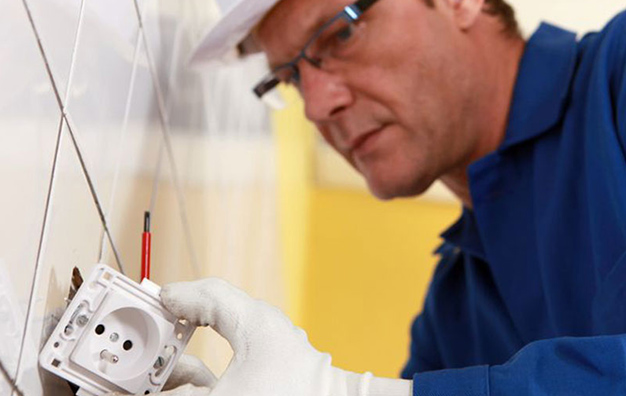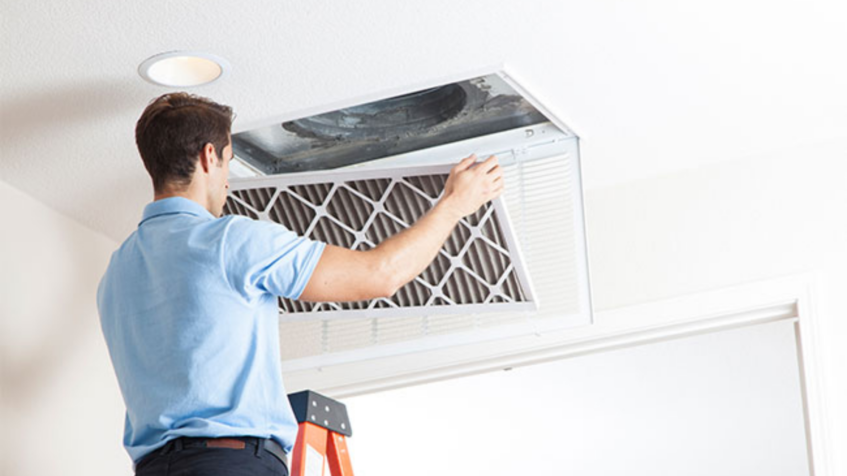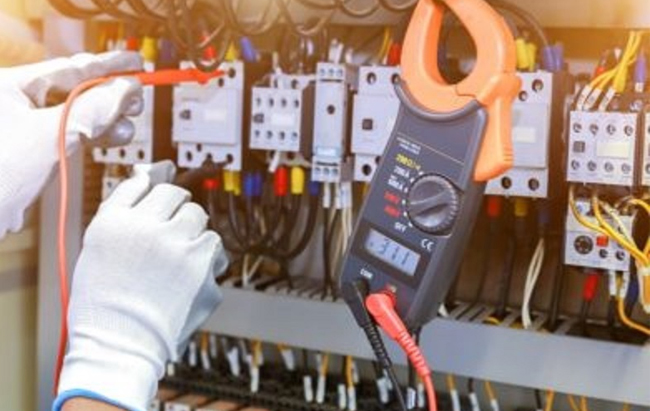The installation of HVAC units often runs into conflict with the tenets of modern home designs and it is a big challenge for homeowners. For instance, the installation involves running of pipes and breaking of walls. Also, the components of HVAC units usually clog homes, jeopardizing the open-space interior décor in homes. This article gives you a few creative ways to integrate your HVAC system into the design of your home.
However, before going into the heart of the matter, it is necessary to briefly give the common features of modern home designs. This is because a modern design means different things to different homeowners. So, to be on the same page, here are some of the major features of modern designs.
Features of Modern Home Designs
Open Floor/Decluttering
Homeowners have come to realize the importance of space in homes. Now, people design their homes to free as much space as possible. That’s why people now consider the compactness of their home appliances. They go for the most compact units that can give them what they want.
Homeowners now declutter their homes regularly. In fact, it is an ongoing process in most homes with modern designs. Unfortunately, the installation of an HVAC will take up a huge chunk of space in your home. That’s why you need to find creative ways to mitigate this anomaly. It might be a good idea to install your HVAC in areas that are not accessed regularly.
Natural Light
Giving homes access to natural light is part of modern designs. New homes have bigger and wider windows with several skylights. Some have transparent sliding doors too. So, you don’t have to put on any interior light in the afternoon, when the day the is very bright. This helps to drive down your monthly energy bills.
It is possible that some components of your HVAC block some of the windows or skylights in your home, reducing the amount of light getting into your home. Therefore, you need to find a way to prevent this when deciding on where to install your HVAC. It should be placed in such a way that there’s minimum blockage to natural light.
Automation of Control/ Smart Homes
Modern design also includes the automation of the control of your home appliances. A good example is programming lights in different compartments/rooms to go off a few minutes after the last occupant leaves. This implies that even if you forget to switch off your lights before leaving home, the lights will go off on their own after a few minutes.
In the same way, your HVAC can be programmed to cease supply of hot or cold air (as the case may be) to empty rooms. In addition, you should be able to program the thermostat to kick off a few minutes before your usual time of arrival. So, you’ll get into a warm home in winter or a cooler home in the hot days of summer.
Although there are several other features of a modern design but they are not directly related to the installation of HVAC. That being said, let’s now dive into some of the creative ways to integrate your HVAC system into the modern design of your home.
Tips for The Integration of Your HVAC System into Modern Design
Painting of the vents
HVAC’s need vents to work and the vents will be obvious in your home. Of Course, you may not like the idea of your home having an industrial look. A good idea is to paint the vents to match the color of your walls. This will make the vents less conspicuous, and painting your vents make them look and feel like some kind of decorative pieces. It’s all about your creativity.
Include the sensors
Modern homes are smart homes, and they are smart because they have certain set of sensors. So, you need to include certain sensors when installing your HVAC. The two most popular sensors are occupancy, light, and temperature sensors. The former detects the presence of humans in a certain part of your home and turns the lights on. It also sends cool/warm air to the compartment.
On the flipside, it does the reverse when the area becomes empty. On the other hand, a light sensor detects low-light ambiance and sends a signal to turn the lights on. It also detects natural light in the morning and does the reverse.
The temperature sensor will monitor the interior temperature in your home. When the temperature goes up above a certain level according to the thermostat settings, the sensor will kick start the cooling unit. Also, when the internal temperature drops below a certain threshold, the sensor will set off the heating unit. And when the temperature is neither too low nor too high, the sensor will keep the HVAC off. These automations make your home smart and energy-efficient.
The smaller the better
Gone are the days when bigger units always gave high output. This is no longer the case. There are smaller units that are more powerful than bigger ones. So, you might want to go for a more compact HVAC. It will take less space in your apartment and it will also be easier to hide. What matters is its output and its area of coverage.
Hire an HVAC installation team
It pays to hire professionals to map out the installation of your HVAC first. You must take part in this process so that you can notify them of all your concerns. This process also involves choosing a particular model of HVAC. When your team knows the size, shape, and design of your HVAC, it will help them make proper space for the unit.
In fact, it is a good idea to involve the HVAC installation team in the choice of your unit. They will help to choose the right size and capacity for your home. While it may not be a good idea to choose a unit that will underperform, it is even a worse idea to install a bigger unit than what you need.
Hide the unit
If possible, you can hide your AC unit behind a piece of furniture. This is easy if your unit is compact. Placing a chair or shelf in front of your AC makes the unit less visible or totally invisible. And that’s cool for your home décor. You could also cover your unit with a large protective cover. As they say, creativity is endless.
Floor placement of the unit
Before now, the ceiling used to be the ideal location for an HVAC unit for quick and smooth distribution of cool or hot air. This is no longer the case for two reasons. First, having a high ceiling is a major feature modern architecture of homes. This will make your unit work even harder if placed in the ceiling.
Also, many houses now have skylights in the ceiling for adequate influx of natural light. Placing your unit in the ceiling may block the entry of light partially or fully. For these reasons, it is now a better idea to place your HVAC on the floor.
Conclusion
The tips listed above are mere suggestions. You can adopt any of them or use them for inspiration. The most important thing is getting your creativity cap on. The main goal is to blend your HVAC unit into your modern home décor.










